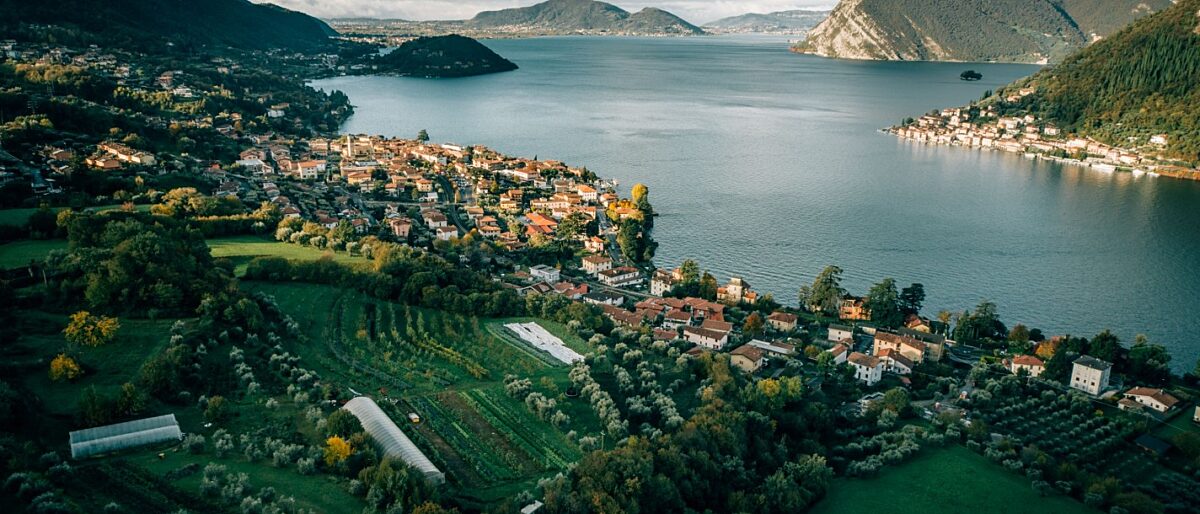
Manuals for Mediterranean farmers
The Regenerative Agriculture Manual
The Regenerative Agriculture Manual is a crop-specific guidebook designed to help Mediterranean farmers transition from conventional or organic production systems to regenerative agriculture.
Each chapter explains the most important regenerative agriculture practices such as cover crops, water management, diversification, and design and how they apply to your farm. The Manual also provides practical information about the different plant varieties available, their pros and cons in different contexts, and how to best prevent some of the most common diseases and pests through intelligent soil stewardship.
Additionally, you will find topics of interest to all farmers who want to know whether regenerative agriculture will give them the tools they need to build healthy soils and produce nutritious food, all while earning a decent living. These include chapters on Policy and Trends or Time and Resource Management. There is also an inspiring section that reviews some of the most successful regenerative farms in Spain and Italy.
The Regenerative Agriculture Manual is intended to be a live document. In this first edition you will learn how to design and manage regenerative almond and olive orchards.Next, we will also add a chapter on agroforestry and the unique Mediterranean Dehesa ecosystem where oak trees and grazing animals have coexisted in ecological harmony for millenniums.
Please let us know what other crops you would like to learn about: grains and legumes, vineyards, livestock, market vegetables?
We are here for you. This is your Regenerative Agriculture Manual.

Mediterranean Crop Guidebooks: Almonds
Are you ready to transform your almond orchard into a thriving, sustainable ecosystem? The Mediterranean Crop Guidebooks: Almonds manual is your essential guide to adopting regenerative farming techniques that not only boost your crop yield but also enhance soil health and biodiversity.
Discover how to design your orchard with sustainability at its core, prevent soil erosion, and manage water resources effectively. Learn from real-life examples and case studies of successful regenerative almond farms that have already reaped the benefits of these innovative practices. Whether you're a seasoned farmer looking to improve your methods or a new grower interested in sustainable agriculture, this manual provides the knowledge and tools you need to make a positive impact on your land and your yield.
Download the manual today and start your journey towards a more resilient and productive almond farm!

Dehesa Manual (only in Spanish)*
La dehesa es un ecosistema único que combina elementos agrícolas, forestales y ganaderos, caracterizado por la presencia de árboles del género Quercus y un uso extensivo del suelo. Históricamente, ha sido fundamental para la ganadería, especialmente ovina y porcina, aunque su equilibrio se ha visto amenazado por prácticas de pastoreo excesivo y la introducción de especies nitrófilas. La gestión sostenible de la dehesa es crucial para mantener su biodiversidad, mejorar la calidad del suelo y aumentar la retención de agua, lo que a su vez ayuda a mitigar los riesgos de incendios y enfermedades.

Policy & Trends in Regenerative Agriculture.
Unlock the Future of Farming with Our Latest Manual on Policy & Trends in Regenerative Agriculture.
Stay ahead in the rapidly evolving agricultural landscape with our "Policy & Trends in Regenerative Agriculture" manual and understand the latest policies, funding opportunities, and market trends that can shape the future of your farm:
- Learn how the EU's New Green Deal, Common Agricultural Policy, and Farm-to-Fork strategies are paving the way for more sustainable farming practices.
- Discover how to tap into significant funding sources, meet new certification standards, and align your practices with rising consumer demand for sustainable and regenerative products.
With insights into cutting-edge programs like Horizon 2020, Invest EU, and the EU Biodiversity Strategy, this manual equips you with the knowledge to transition to regenerative practices confidently. Plus, explore how global market leaders are already committing to regenerative agriculture and how you can position yourself to benefit from these trends.

Time and Resource Management Manual
This manual shows how you can boost your farm's profitability while contributing to environmental sustainability by transitioning from conventional to regenerative agriculture.
Transitioning from conventional to regenerative agriculture can significantly boost your farm's profitability while contributing to environmental sustainability. This manual shows how you can capitalise on this opportunity by:
- Providing you with transitioning Timeline and Financial Gains
- Explaining the different financial Benefits of Regenerative Practices
- Explore various income opportunities available through regenerative practices
- Learn about different funding supports
By embracing regenerative agriculture, you not only enhance your farm's profitability but also contribute positively to the environment and your community. Start your journey today and reap the benefits of sustainable farming!

Case Studies: Regenerative Agriculture in Action
Revolutionise your farming practices and create a more sustainable future learning from what other’s are doing.
Learn from innovative farmers like Emilia Blasi, Miguel Acebes Tosti, and Fabio, who have transformed their farms using regenerative techniques. Their inspiring journeys showcase the tangible benefits of embracing nature-inclusive farming methods. Whether you're managing a vineyard, raising cattle, or growing diverse crops, this guide offers practical solutions tailored to your specific context.
Learn how to transition your farm towards more sustainable and profitable practices while contributing to a healthier planet.
Manual for Central and Eastern European farmers
In addition, we have also developed specialized guidebooks tailored for farmers from the CEE region. These guidebooks provide practical insights and guidance relevant to the unique challenges and opportunities faced by farmers in Central and Eastern Europe. You can download the handbooks using the links below:
Project lead
Related Projects

LILAS4SOILS

Are you a STARTUP?





